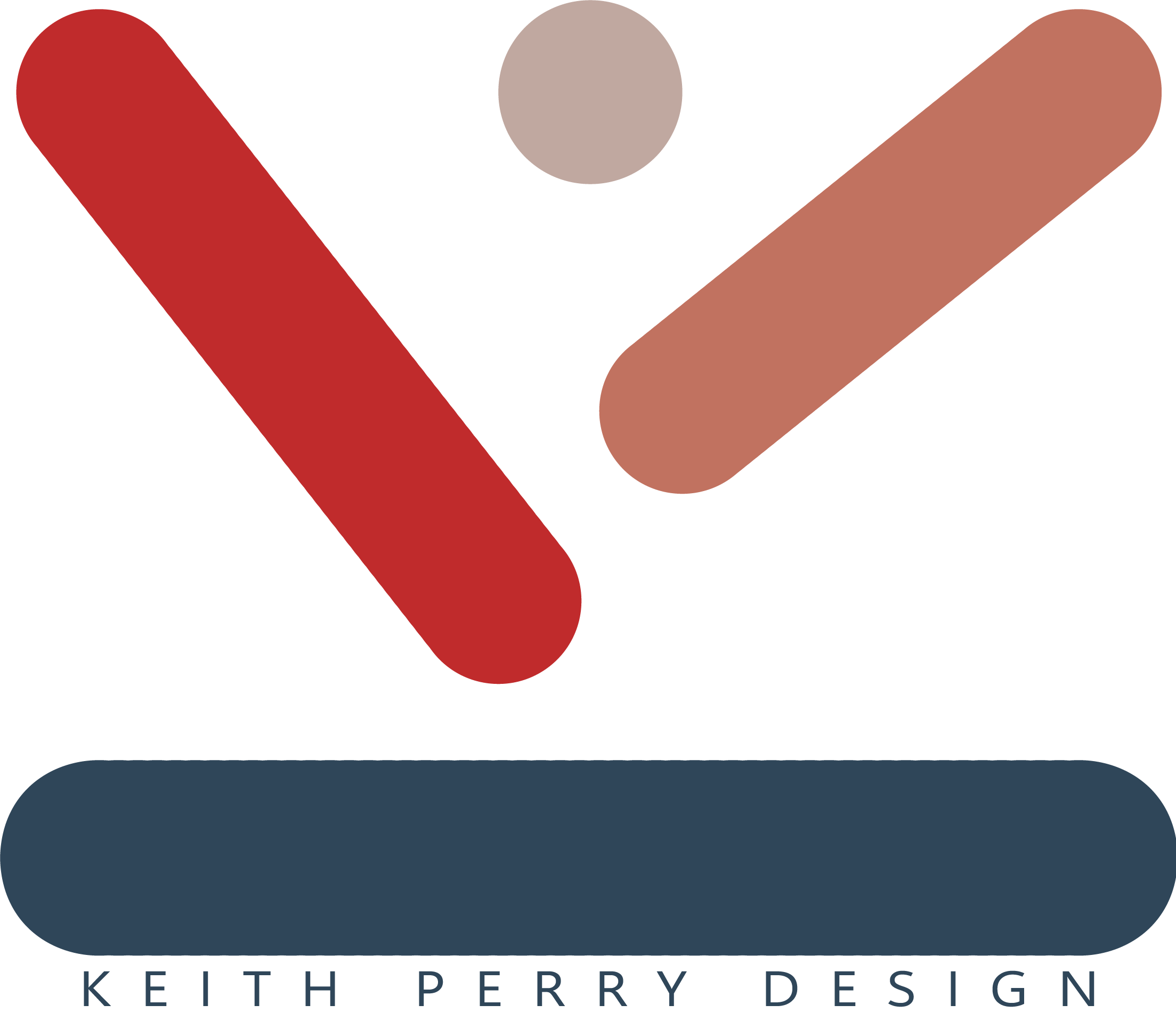Meet Optix, the smart helmet designed to enhance cyclist safety like never before. In a world of unpredictable riding conditions, Optix stands as a powerful solution, protecting cyclists from potential dangers and promoting a safer road environment.
Using advanced technology through the C-V2X (cellular vehicle-to-everything) platform, Optix isn’t just a helmet – it’s a proactive safety companion. It helps cyclists anticipate risky situations and alerts other road users to their presence, fostering a more harmonious coexistence on the road.
Think of Optix as a reliable guide that warns cyclists about vehicles exiting driveways, approaching cars, and even doors opening ahead. The smart lens shows useful information like maps, real-time weather updates, and upcoming hazards, making rides smarter and safer.
Optix works alongside a cyclist’s instincts and road awareness, enhancing their journey rather than replacing it. By combining human intuition with technology, Optix seamlessly fits into every ride, making it safer and more enjoyable.
Beneath its sleek design, Optix uses special materials to absorb impact better than regular helmets. This design innovation can help prevent serious head injuries, offering riders more protection and peace of mind.
In essence, Optix goes beyond a typical helmet, becoming a symbol of innovation, safety, and a new era in connected cycling. Welcome to the future of cycling awareness – welcome to Optix.
Every good design starts with an even better research journey. Before designing Optix I devoted hours to researching cyclist safety from the point of view of cyclists and other road users. To identify why cyclists are involved in so many accidents, I conducted interviews and co-design sessions to understand the issue's core.
An extensive design journey marked the development of the Optix concept. Initial phases encompassed a myriad of illustrations, each aimed at pinpointing the ideal form to resonate with the target users. Eventually, I embraced a streamlined urban design, prioritising simplicity, and functionality. Iterative prototypes and scale models were meticulously crafted to harmoniously achieve comfort and style.
I employed techniques such as SLS printing in nylon, SLA clear resin, sewing, vinyl wrapping, FDM Printing, and Laser cutting. These methods were pivotal in crafting a 1:1 scale prototype that mirrored my vision in precise detail.
Additional research and design engineering aided in creating a mechanically functional prototype. A thorough understanding of the technologies required to make Optix work (AR and C-V2X systems) meant I could pitch Optix compellingly and understandably for both cyclists and other road users.
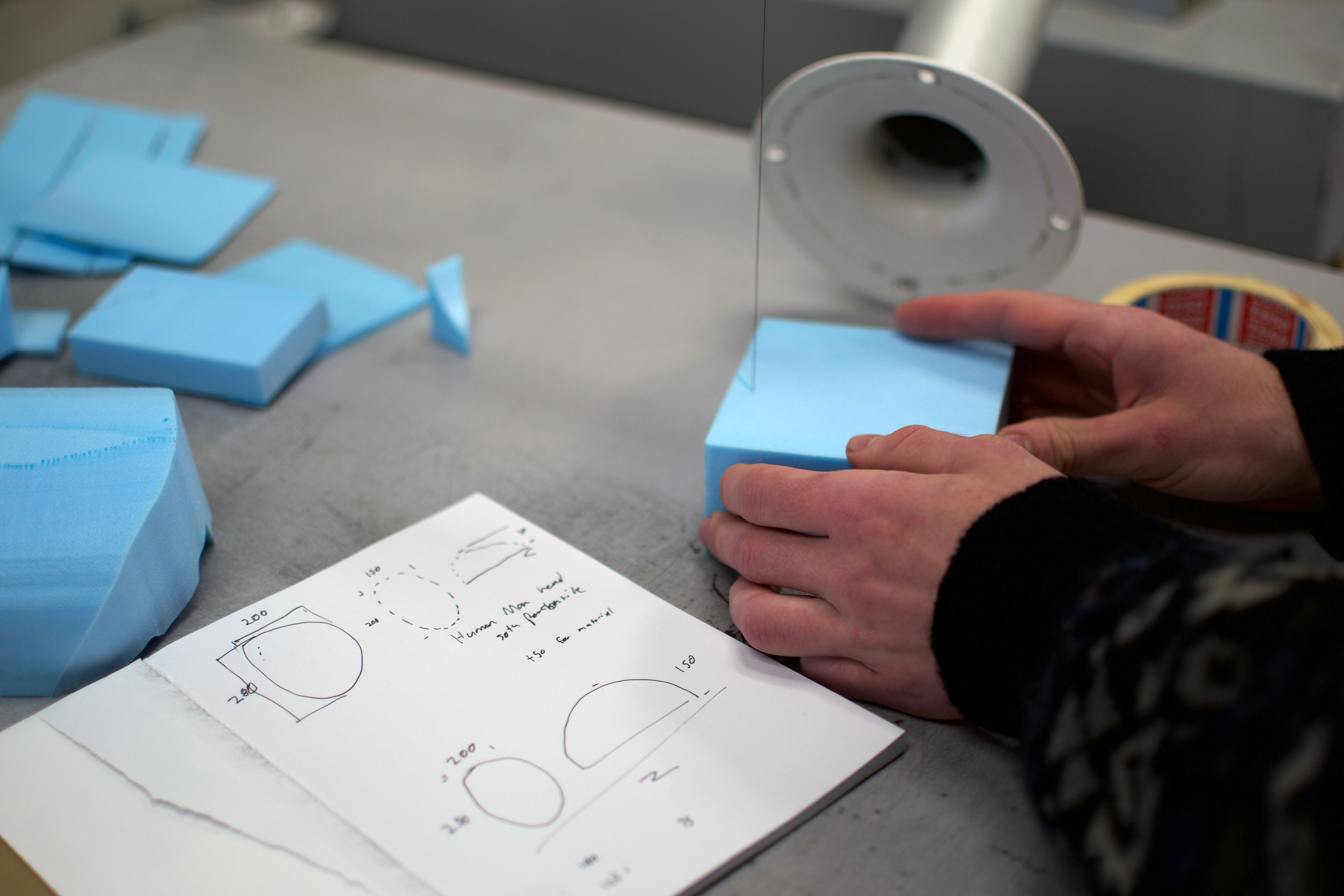


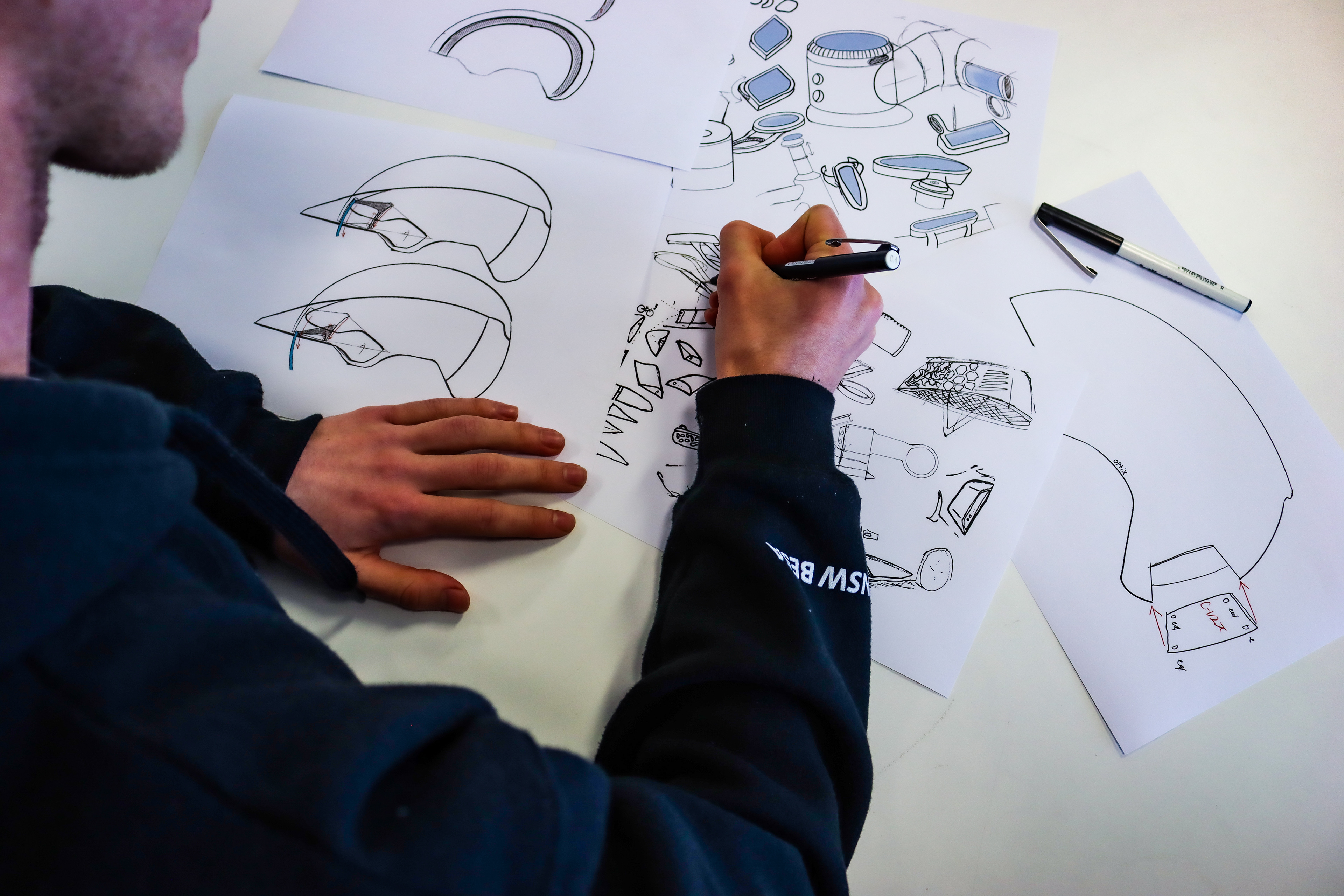
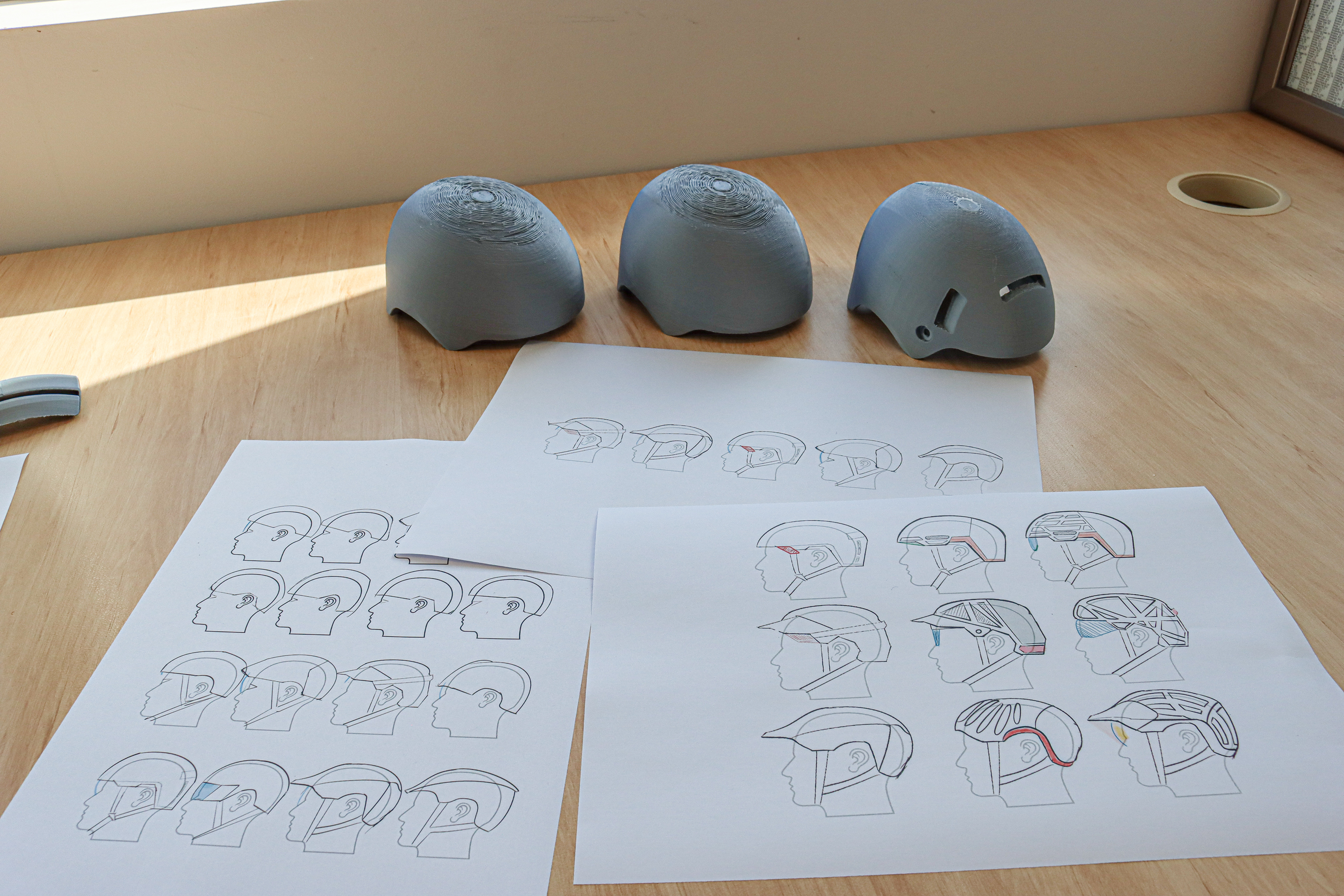
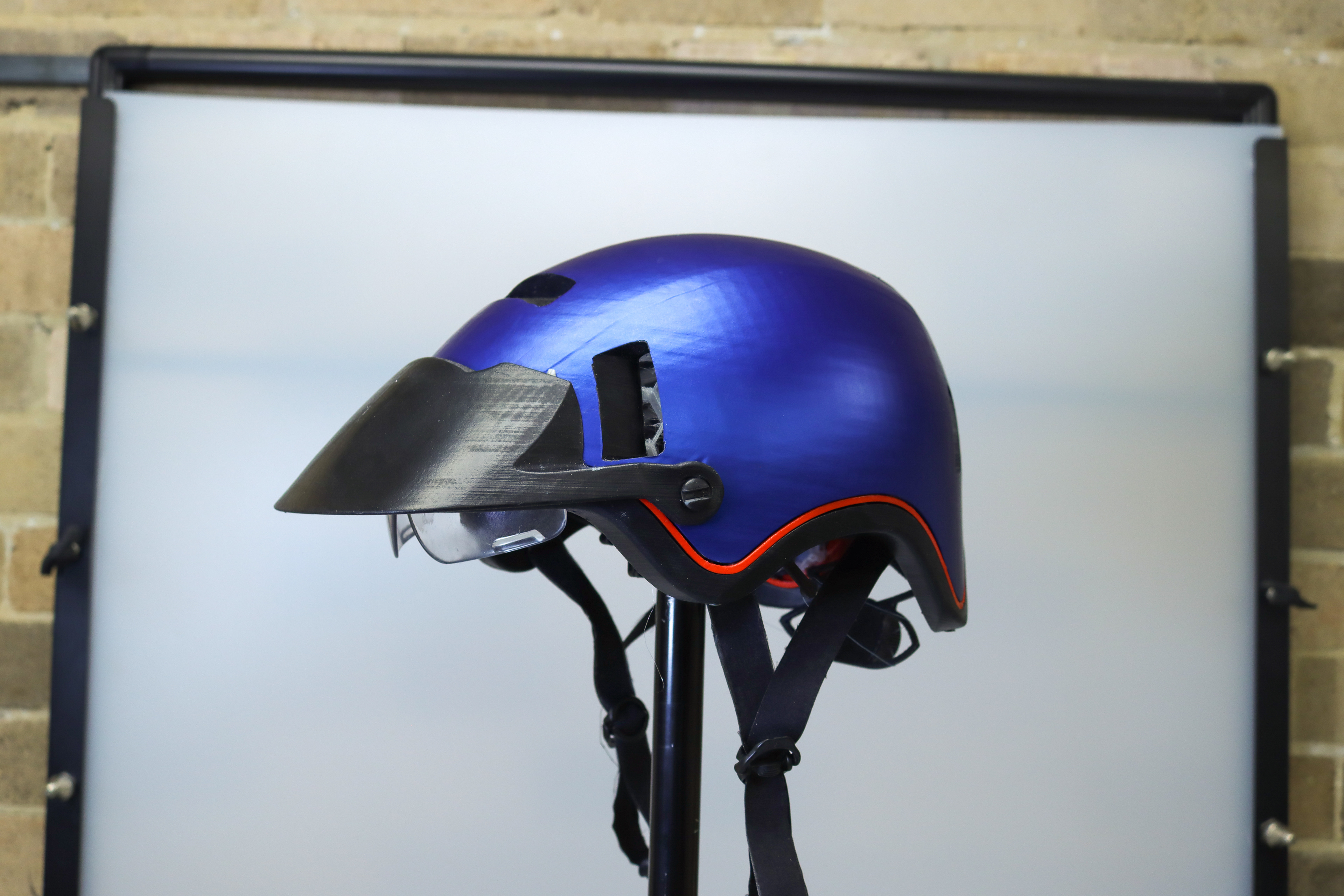
Optix emerges as a helmet and a tool empowering cyclists to anticipate and respond to risks proactively. It stands as a partner on the road, rather than a device to solely entrust one’s safety. The AR lens embodies seamless design ingenuity, effortlessly retracting into the helmet when inactive, avoiding unnecessary distractions and keeping the cyclist fully engaged with their surroundings.
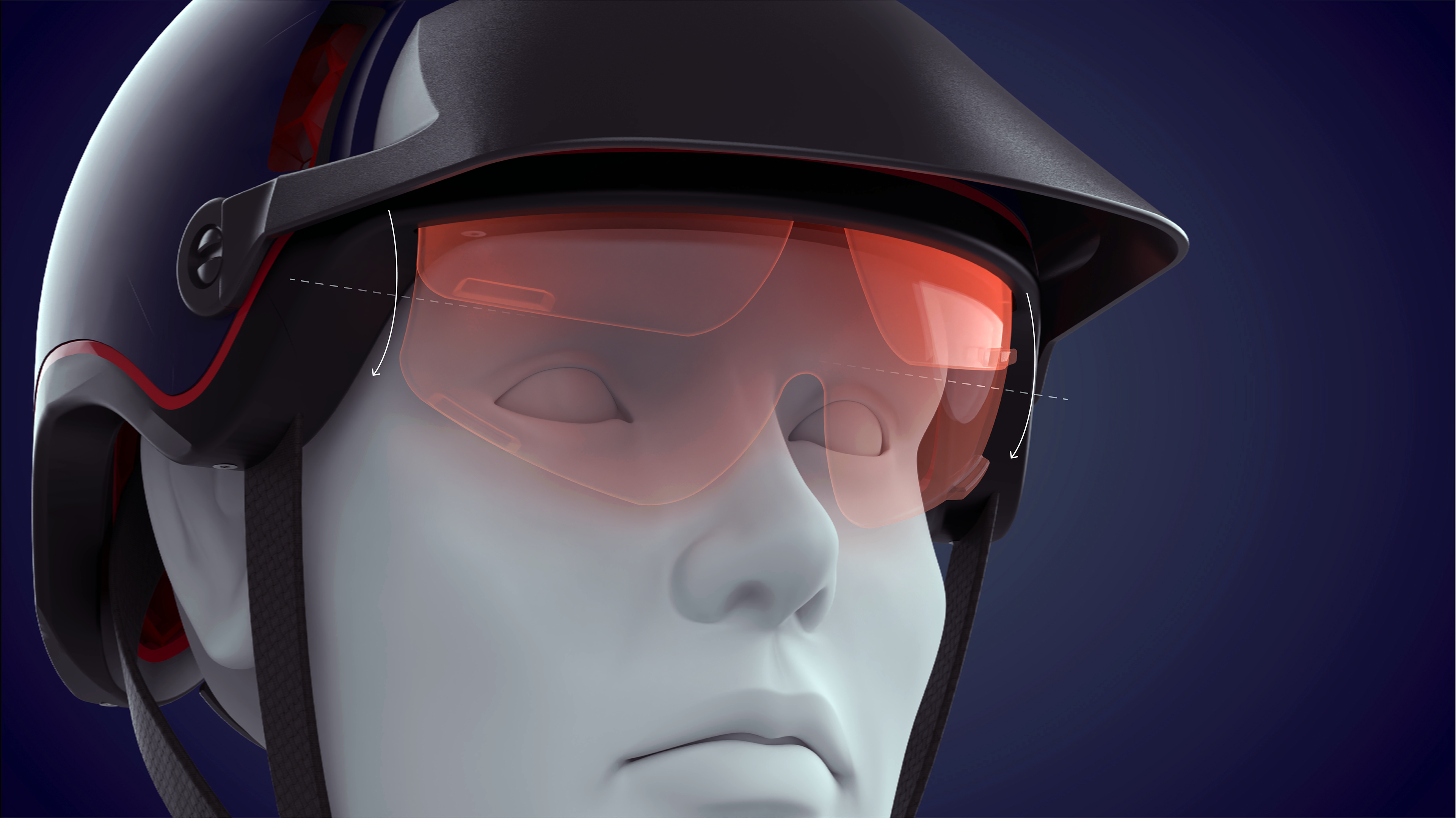
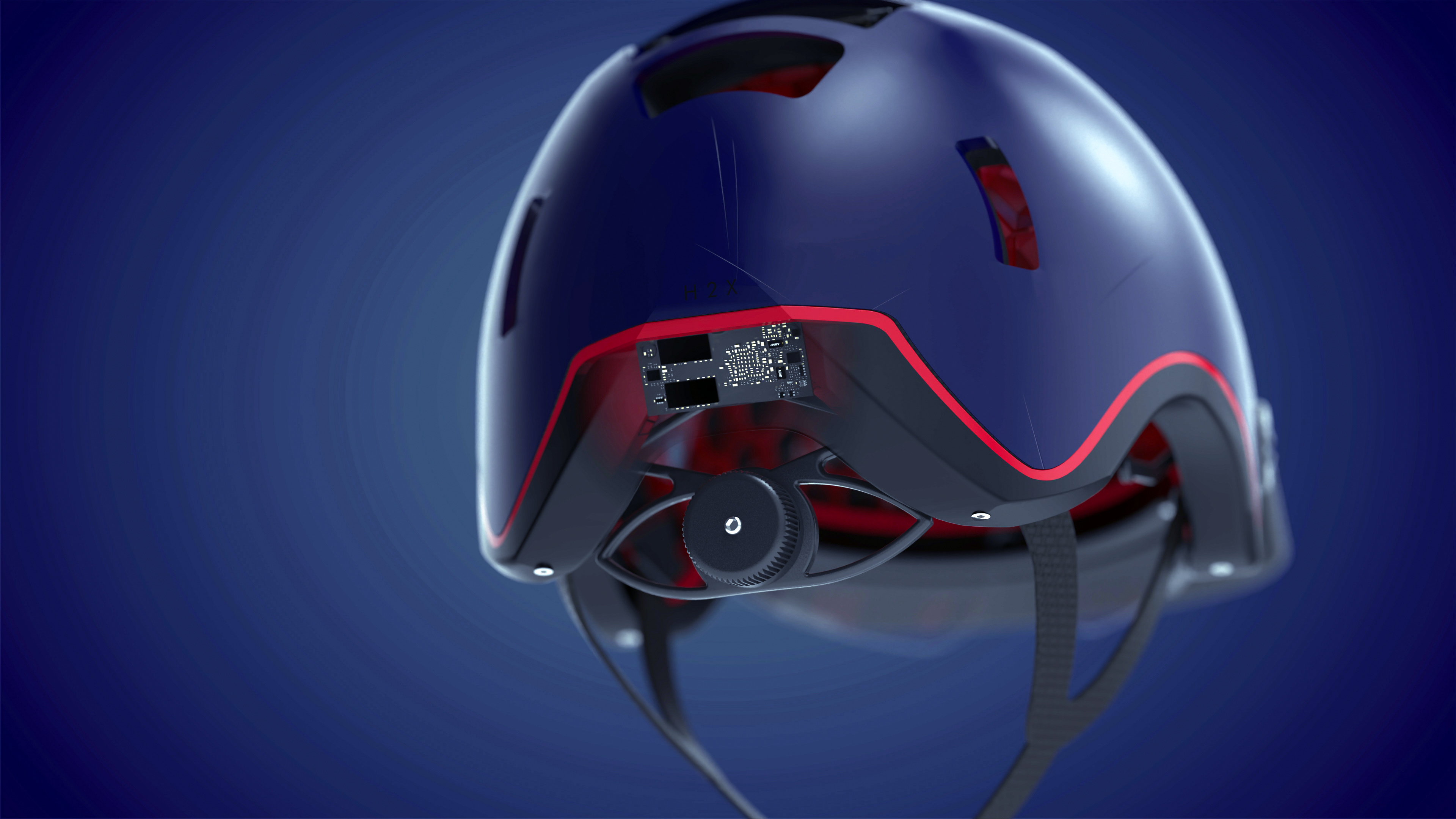
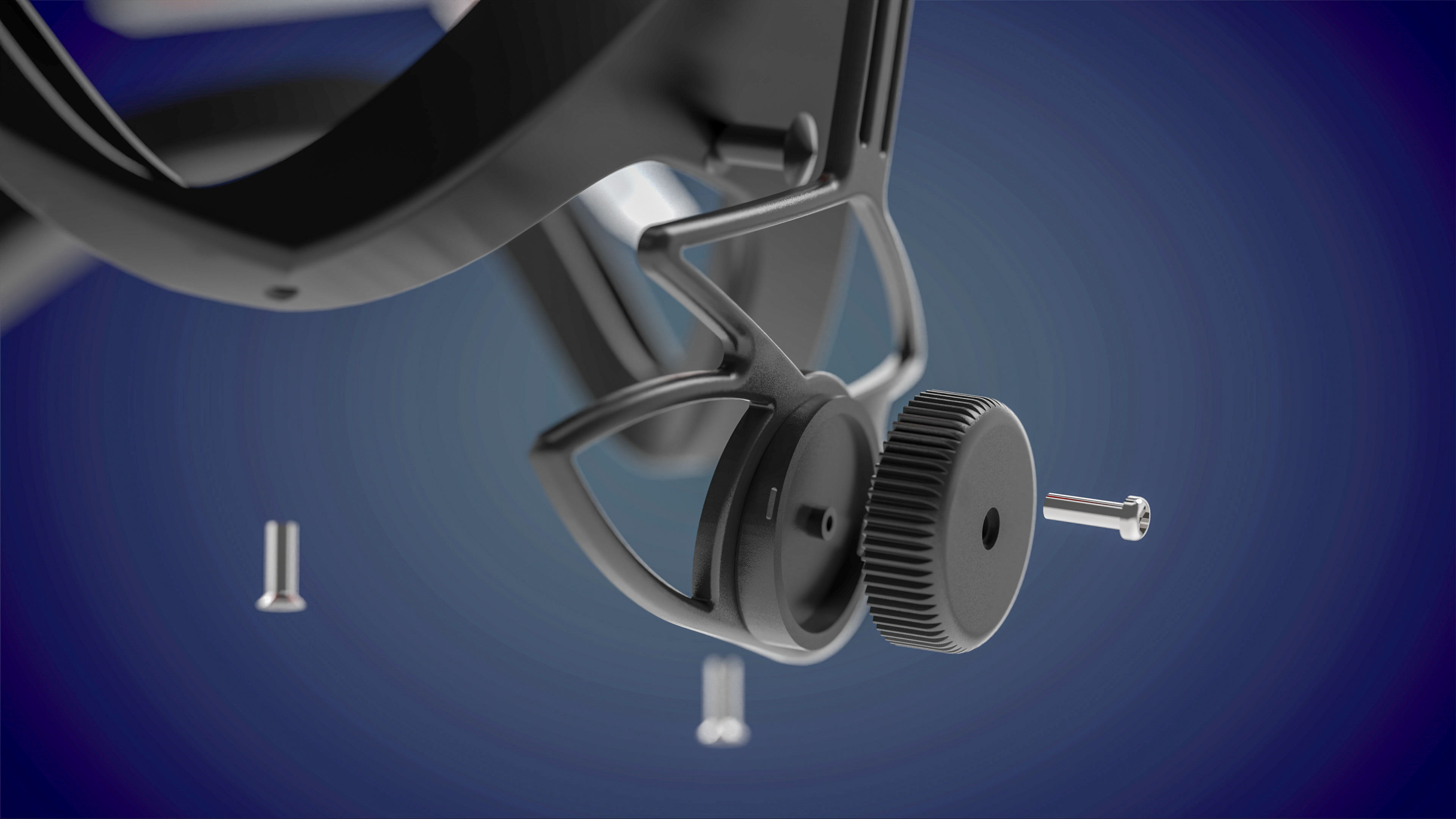



Moreover, Optix’s design journey was shaped by an unwavering commitment to AS/NZS2063:2008 standards at every juncture. This meticulous approach ensured that, even in the absence of its electrical components, the helmet would effortlessly meet these standards. At its core, the BOA® Fit system guarantees a secure fit on any head, while non-removable clips and fasteners underscore the commitment to safety, preventing any modification that might compromise security. In essence, Optix encompasses a synergy of innovation and reliability, transforming the cycling experience and fostering a safer, more confident journey for all.
